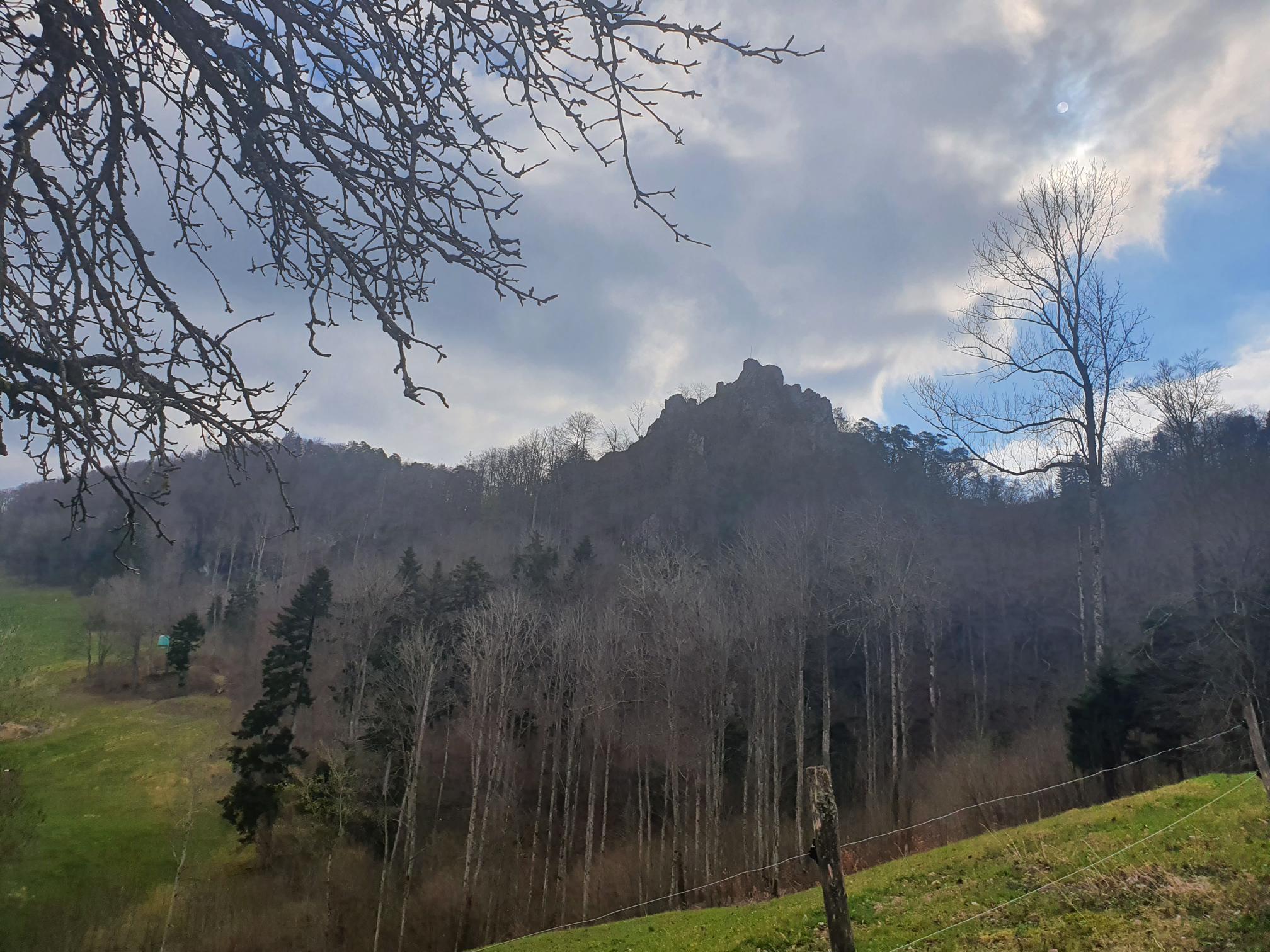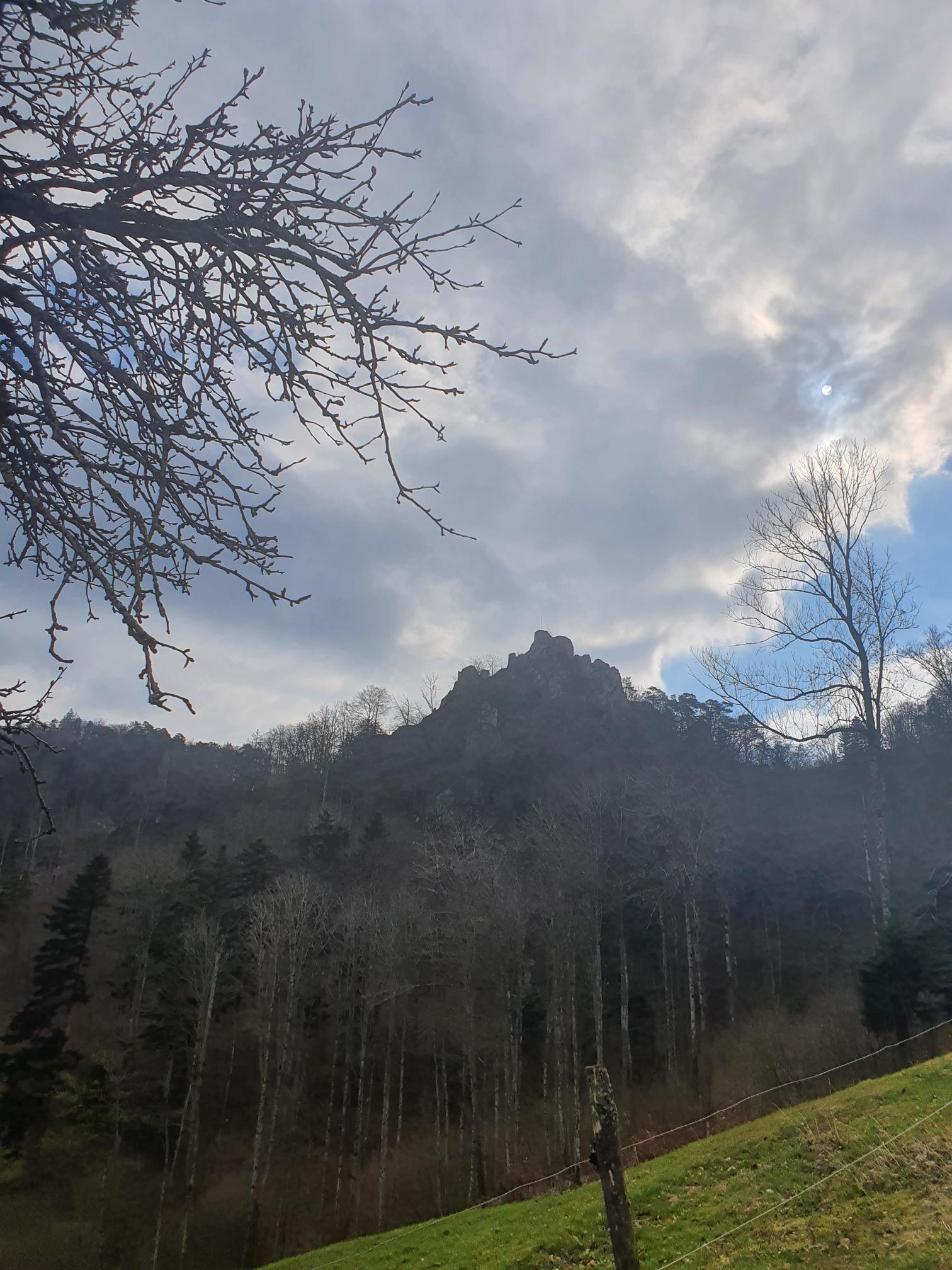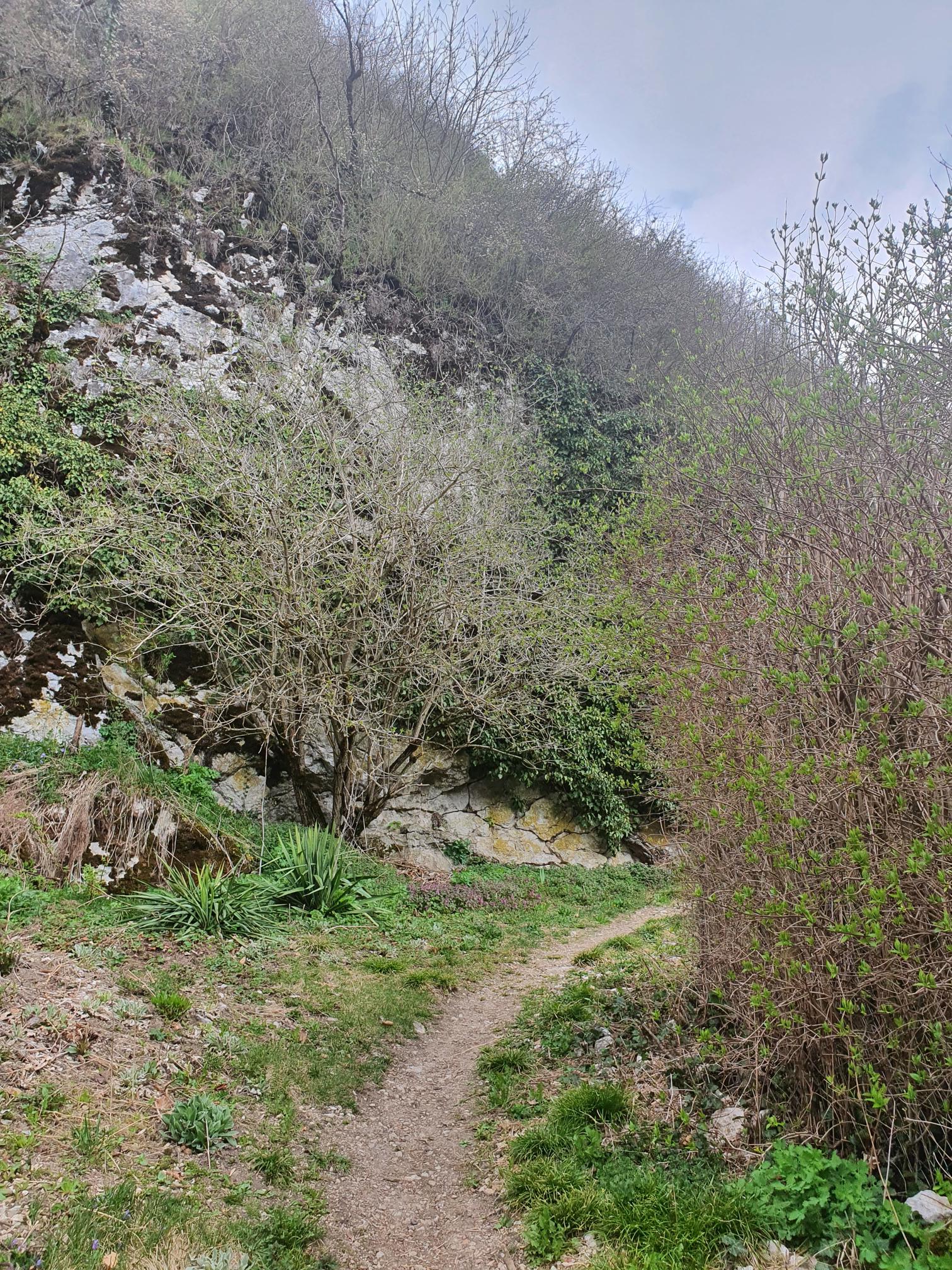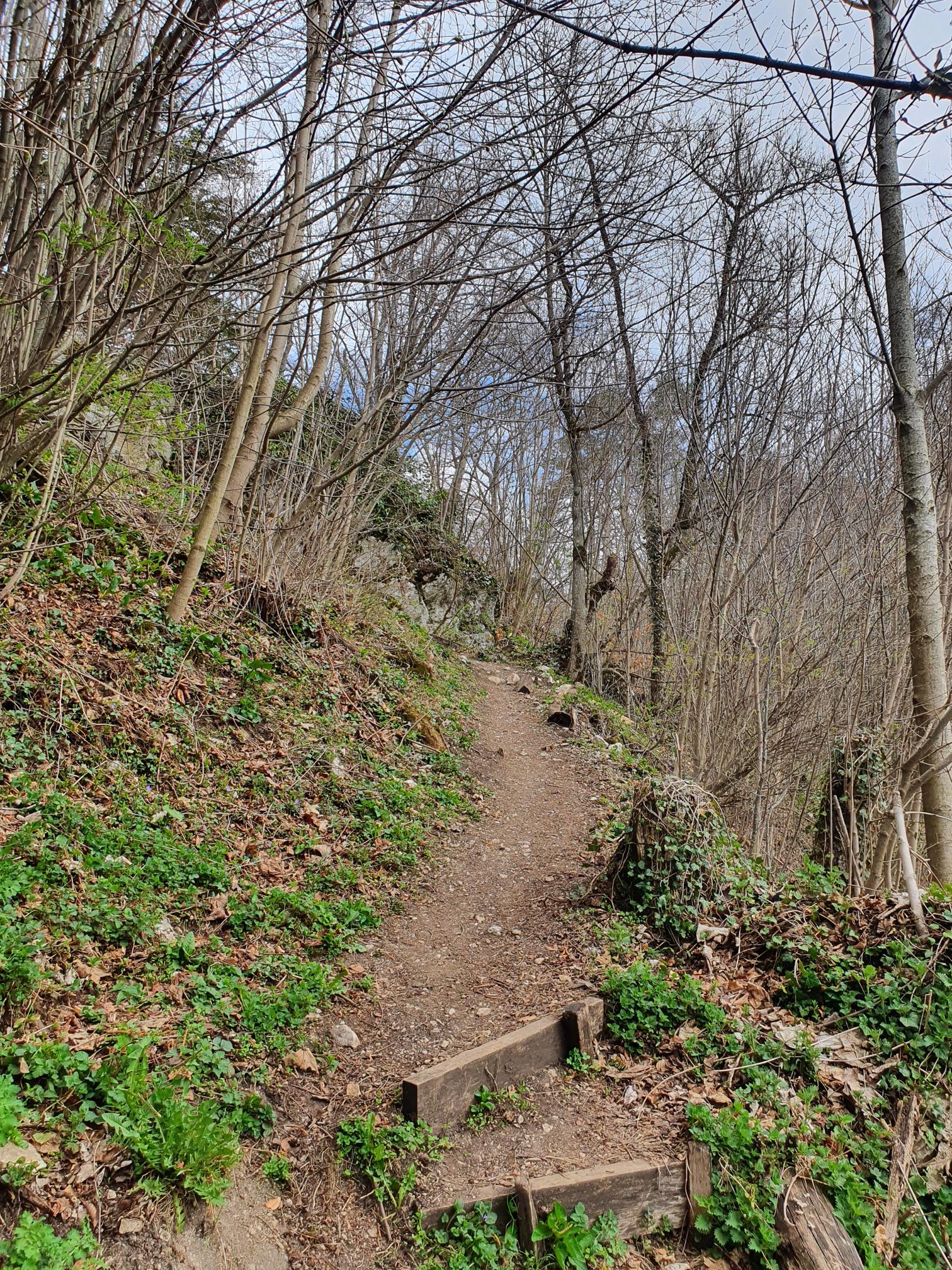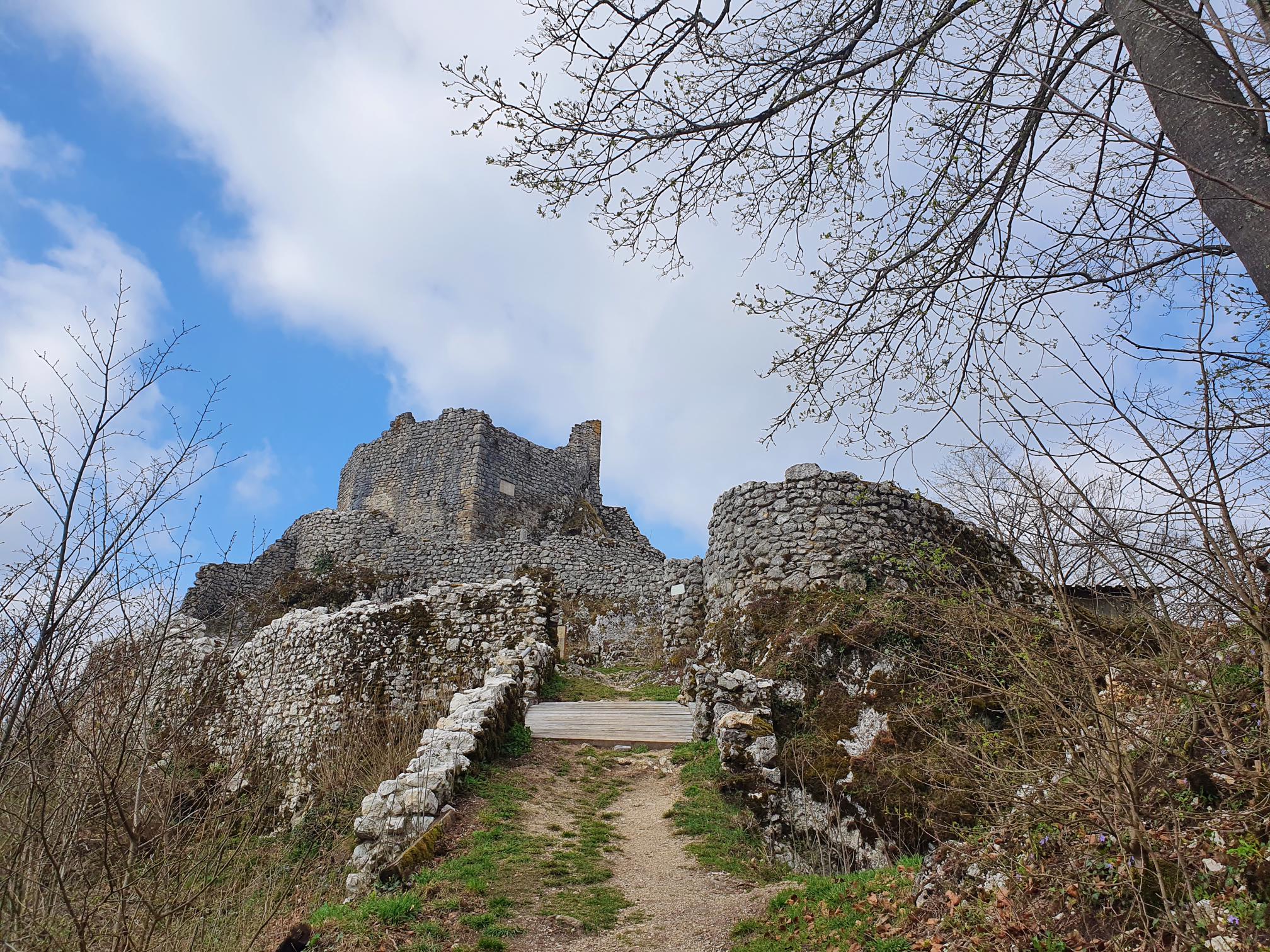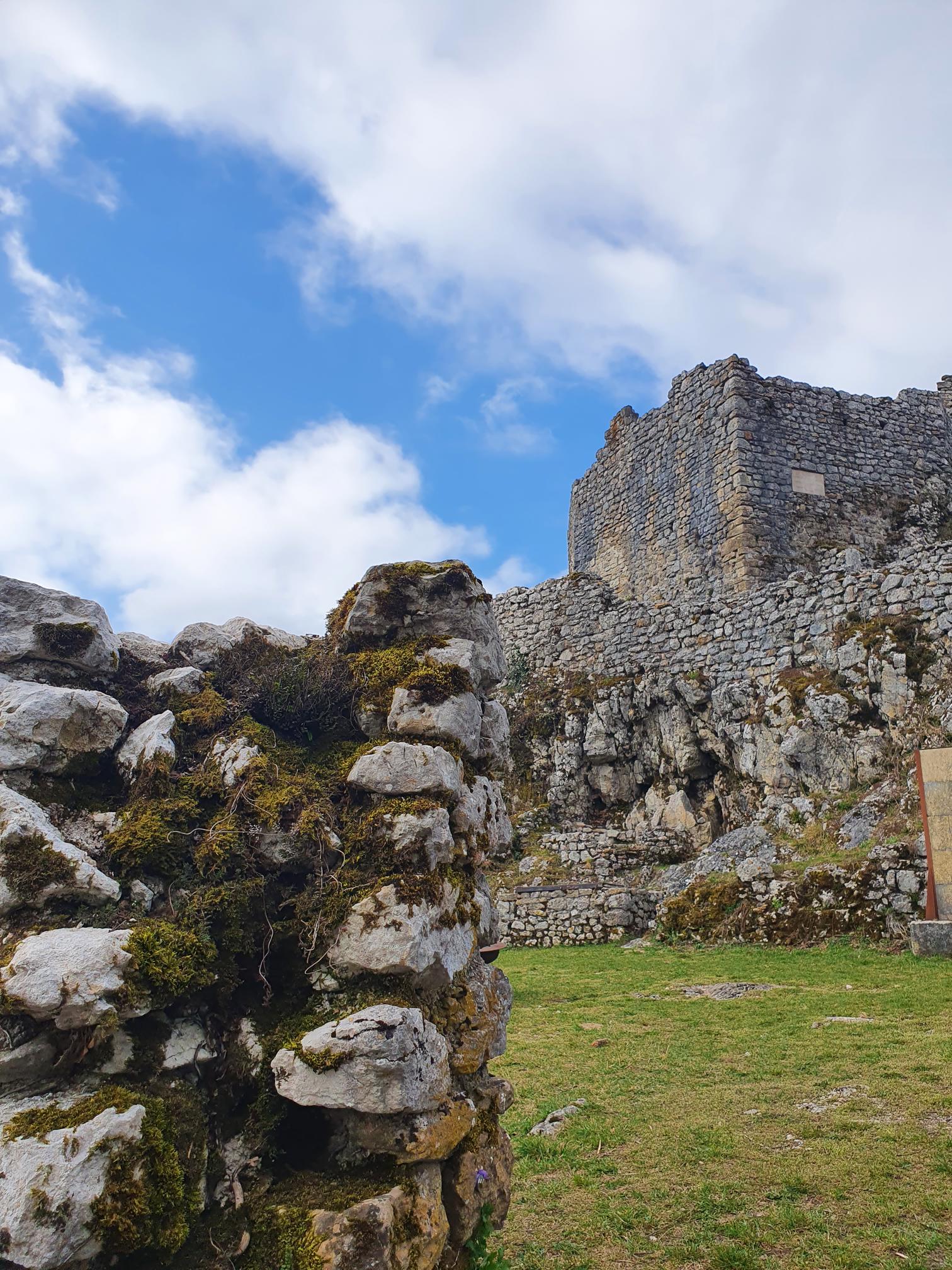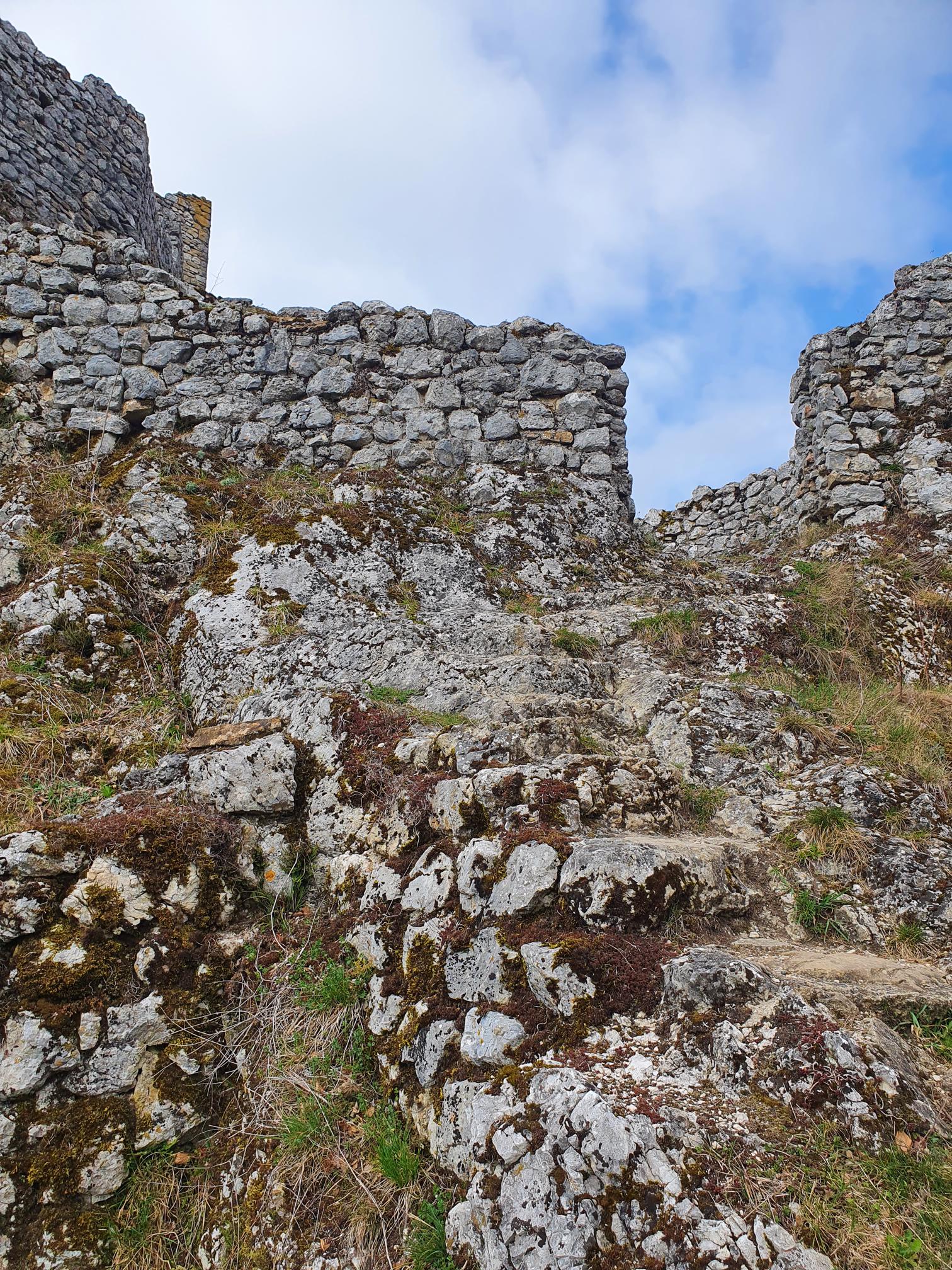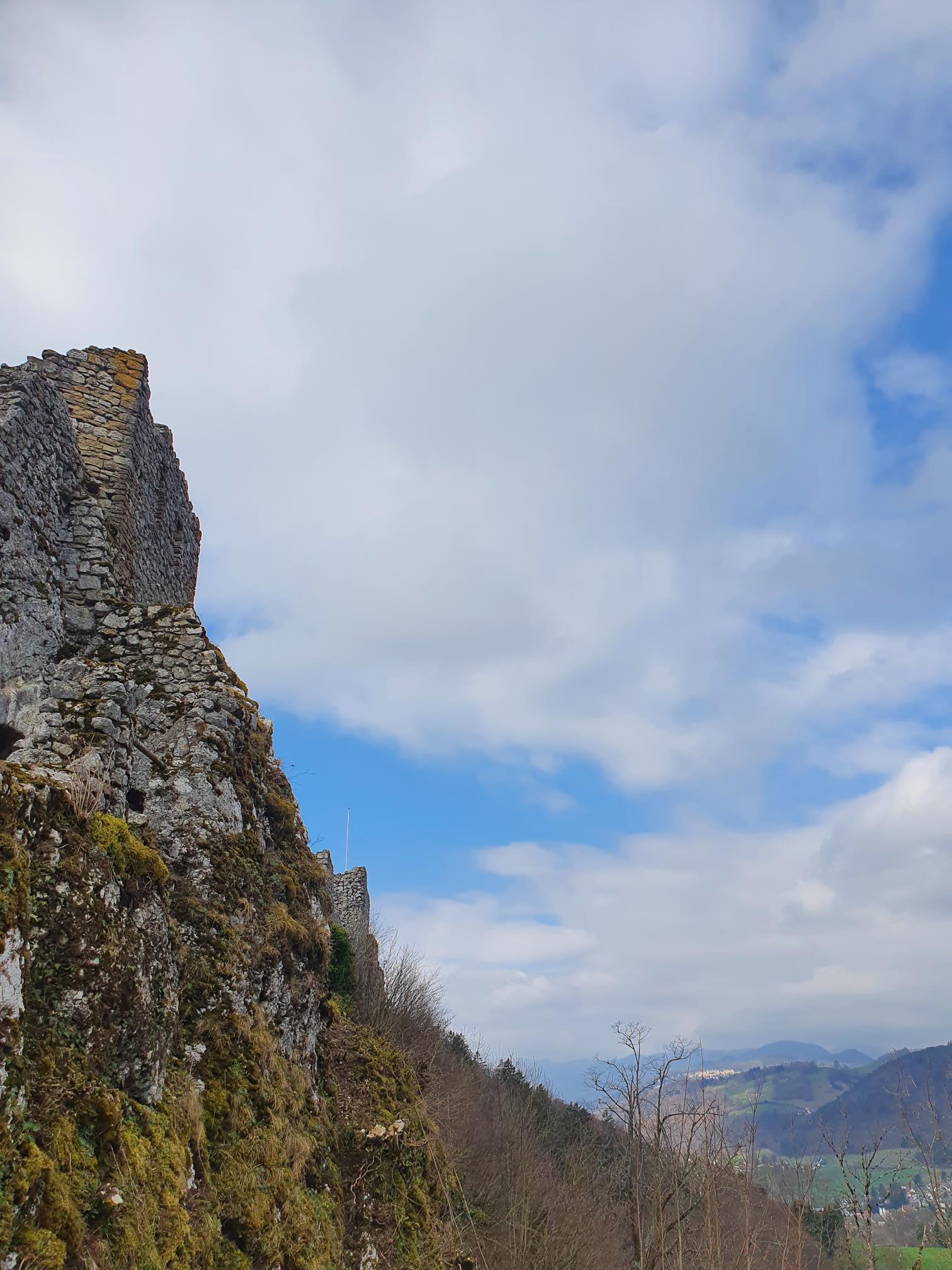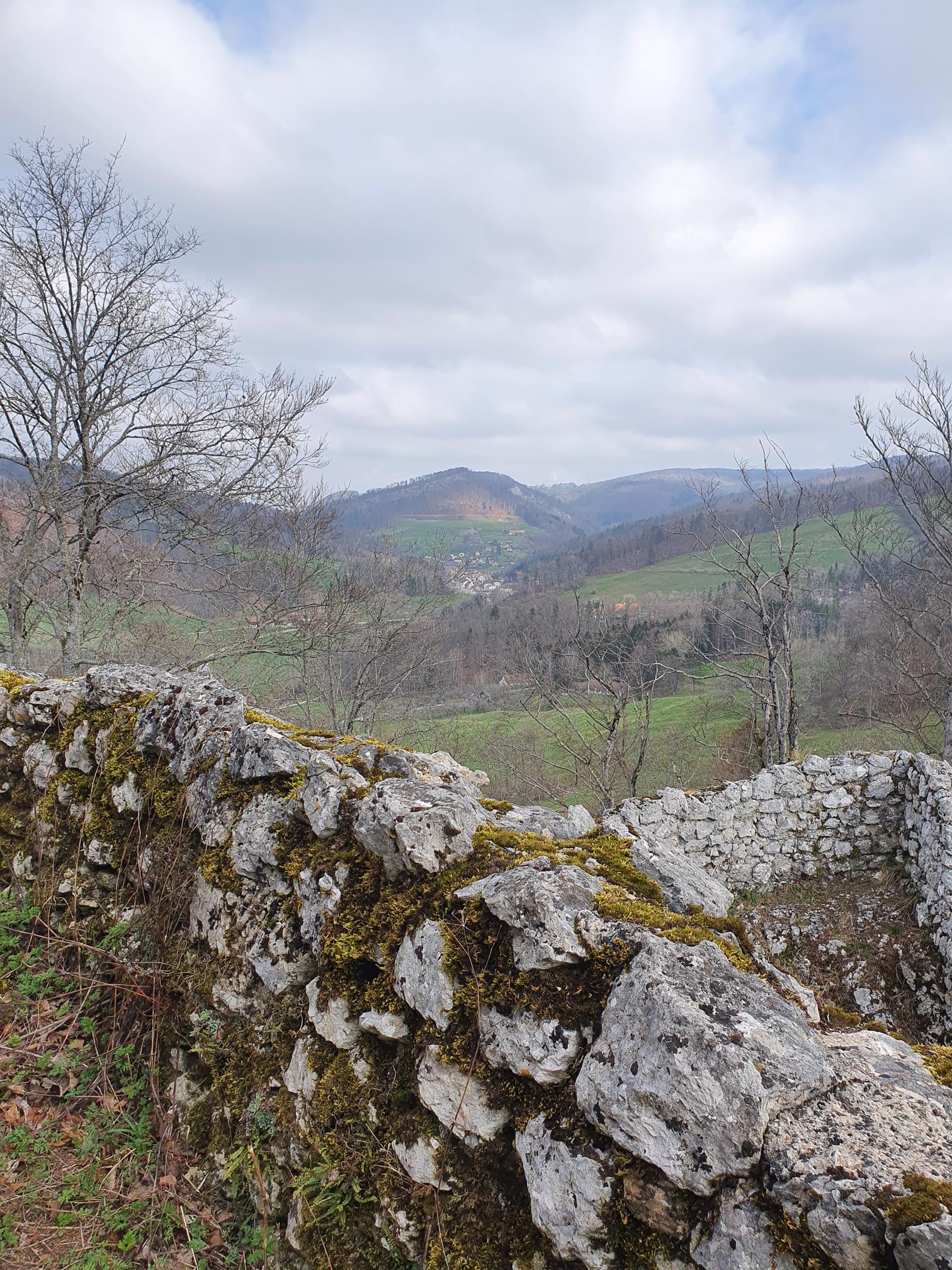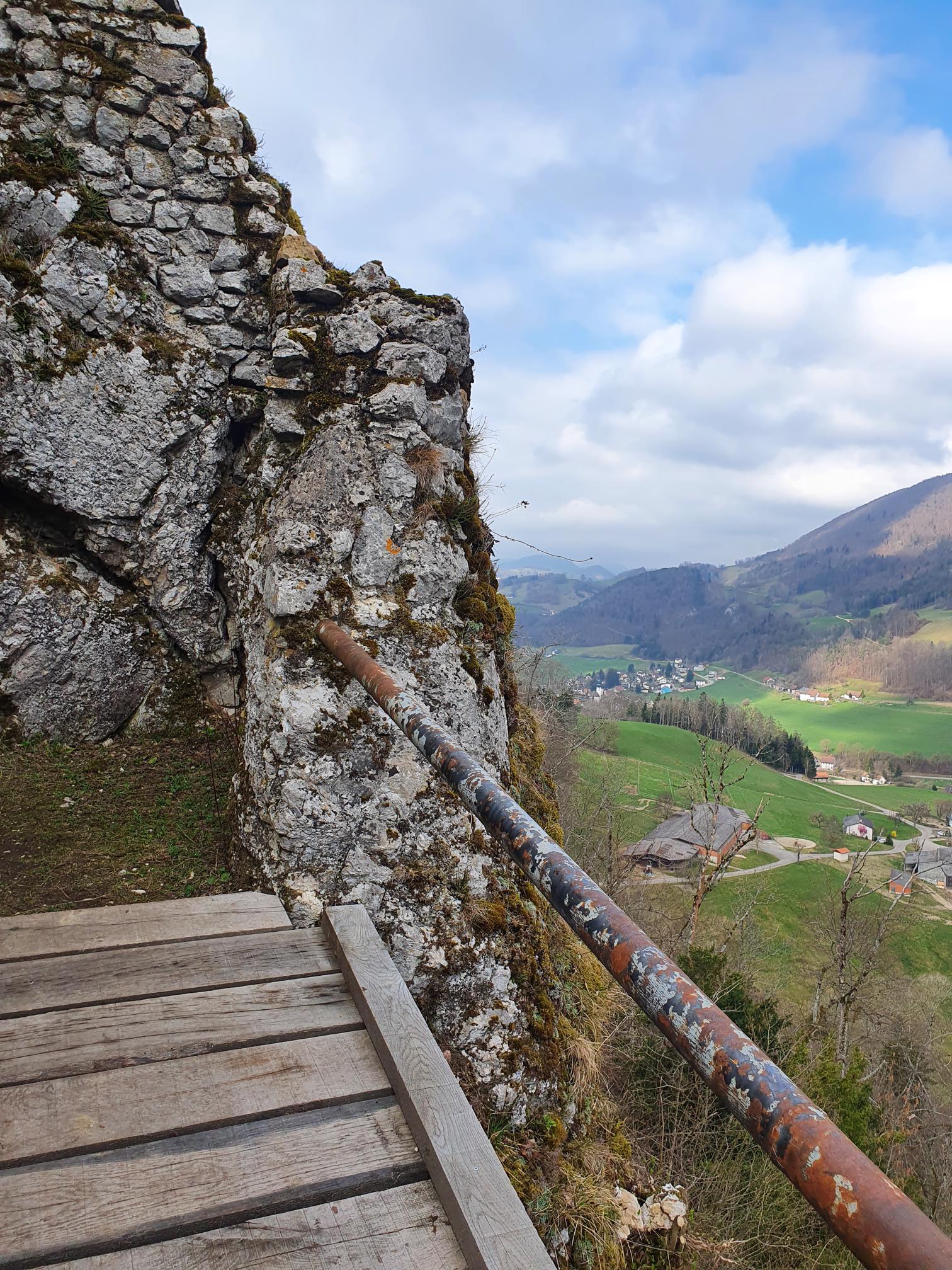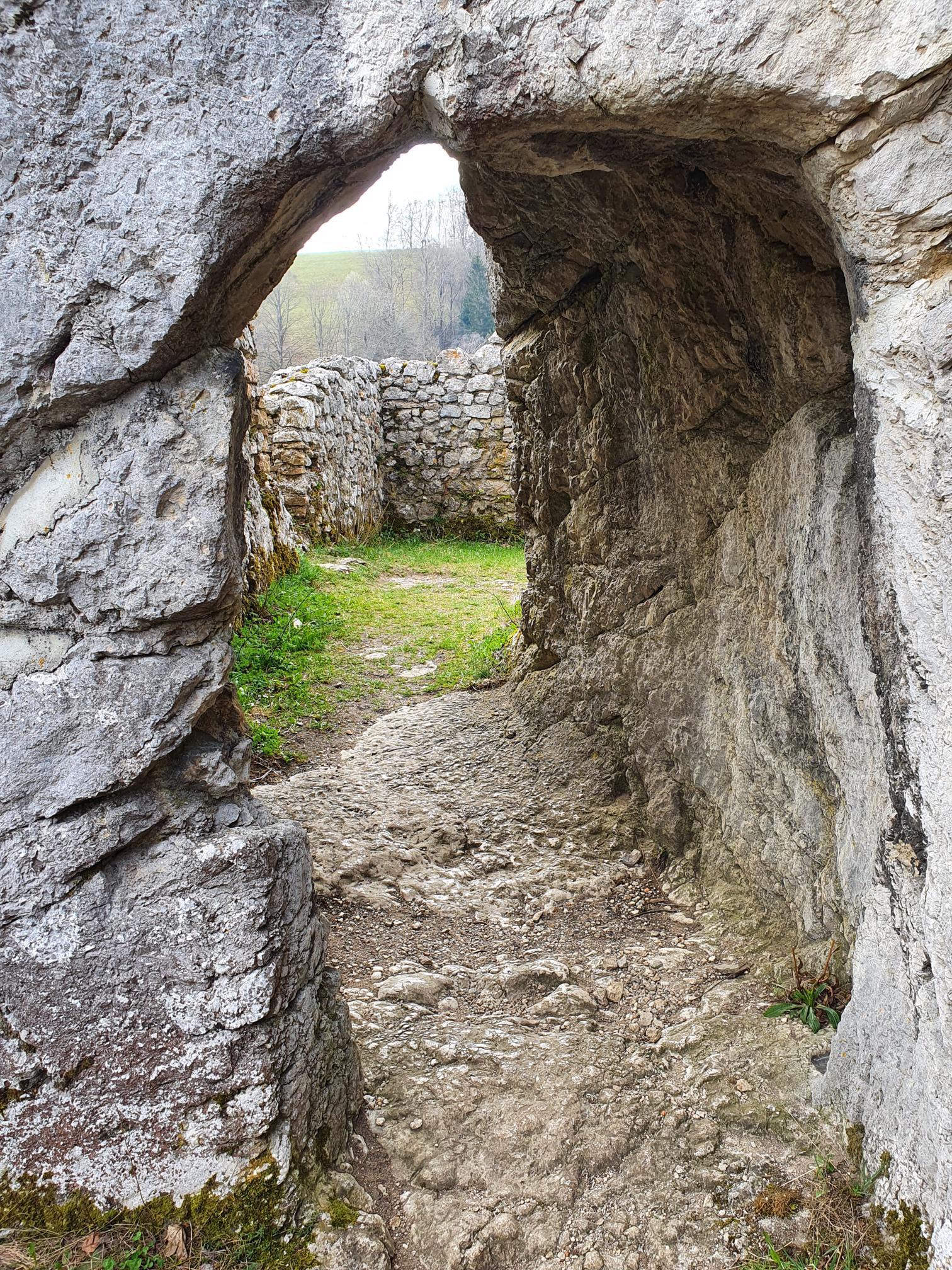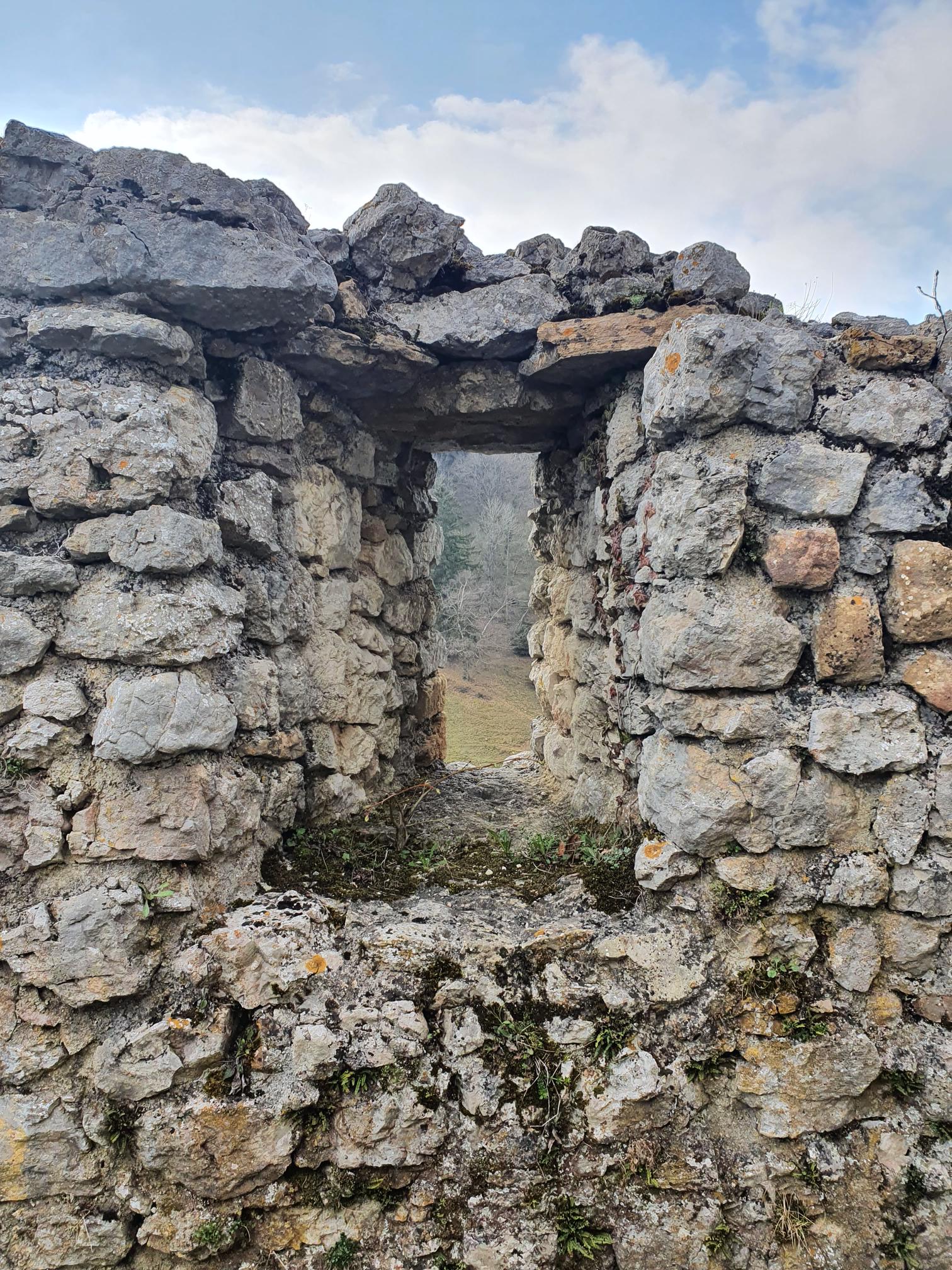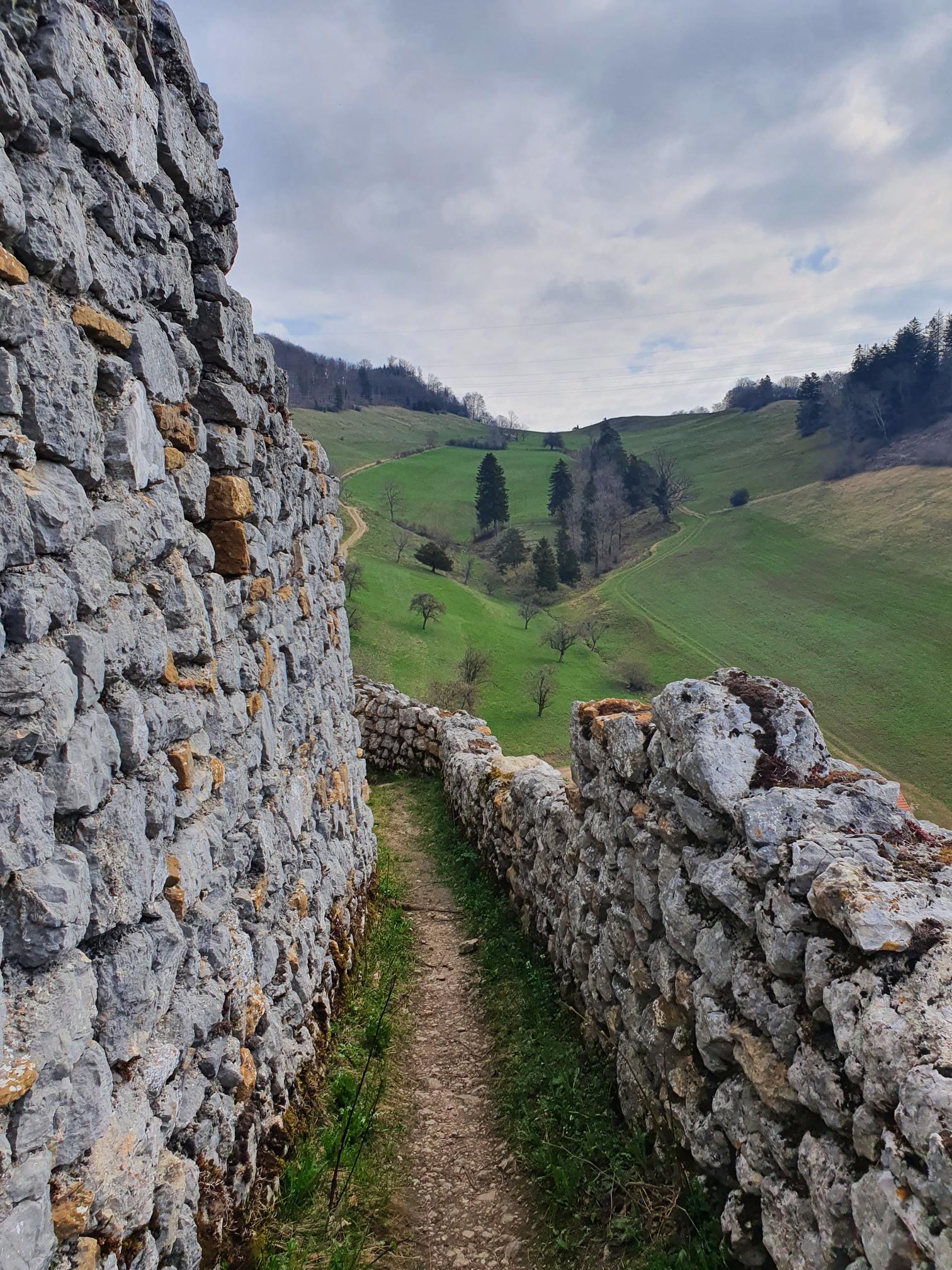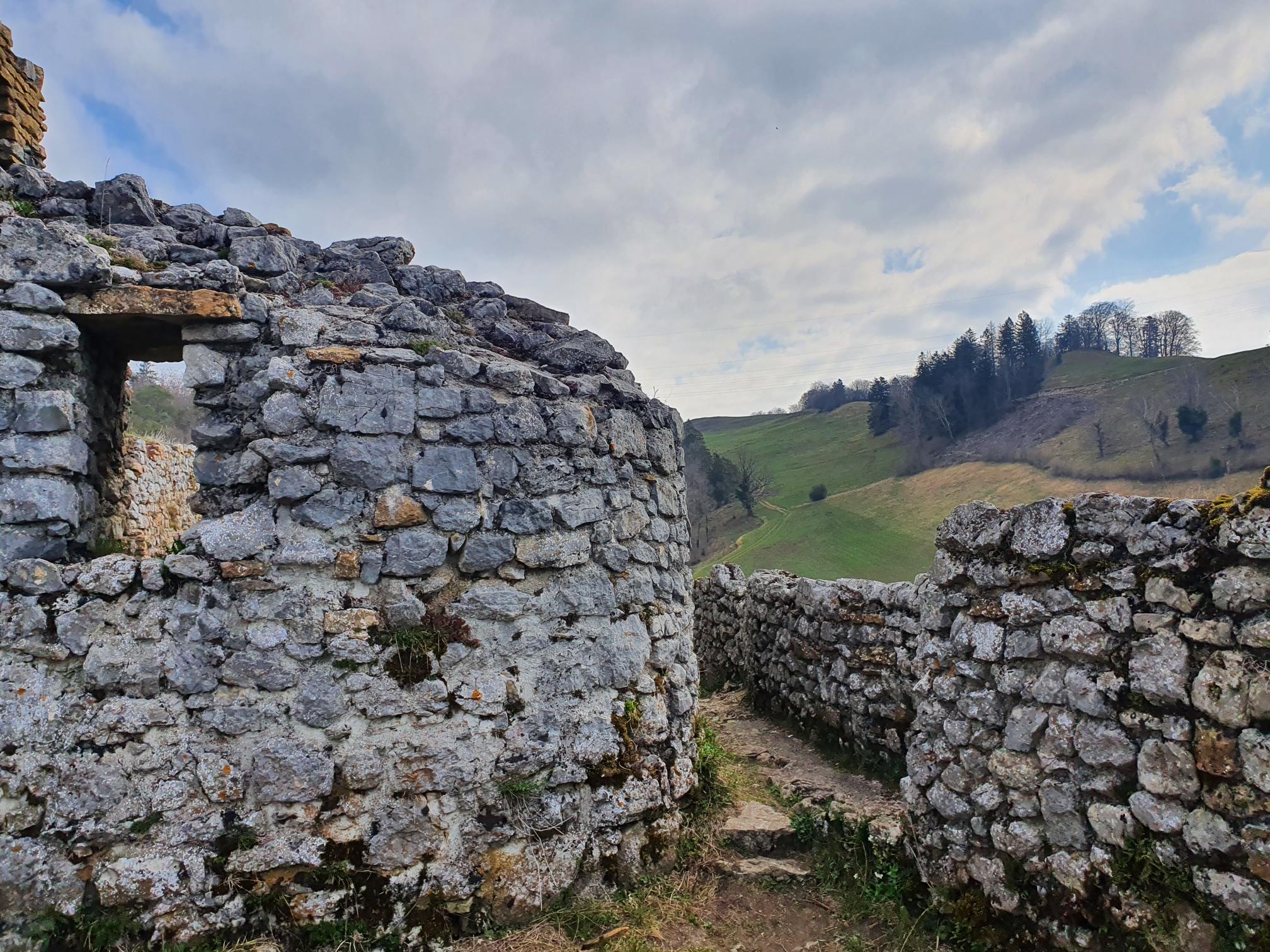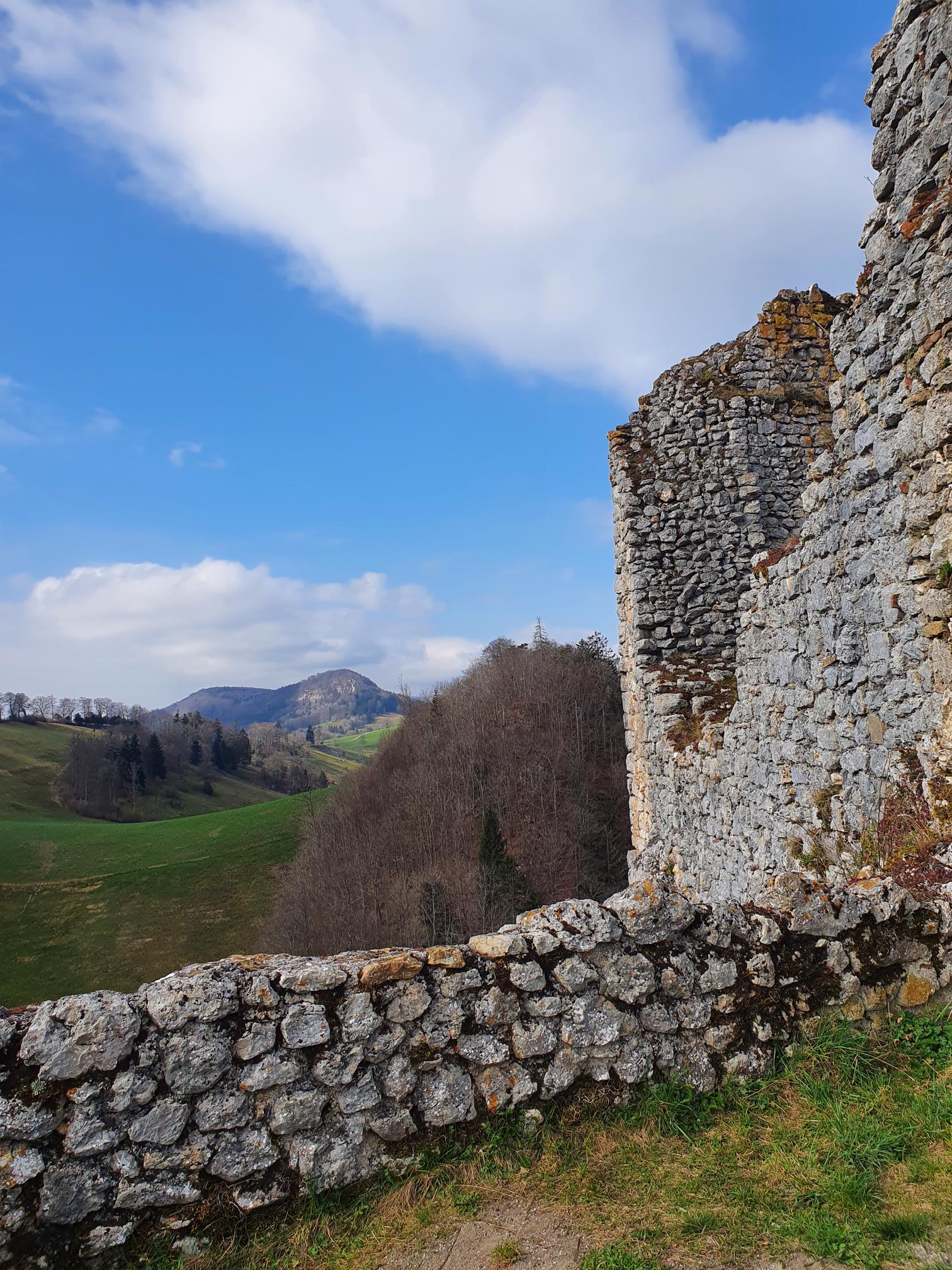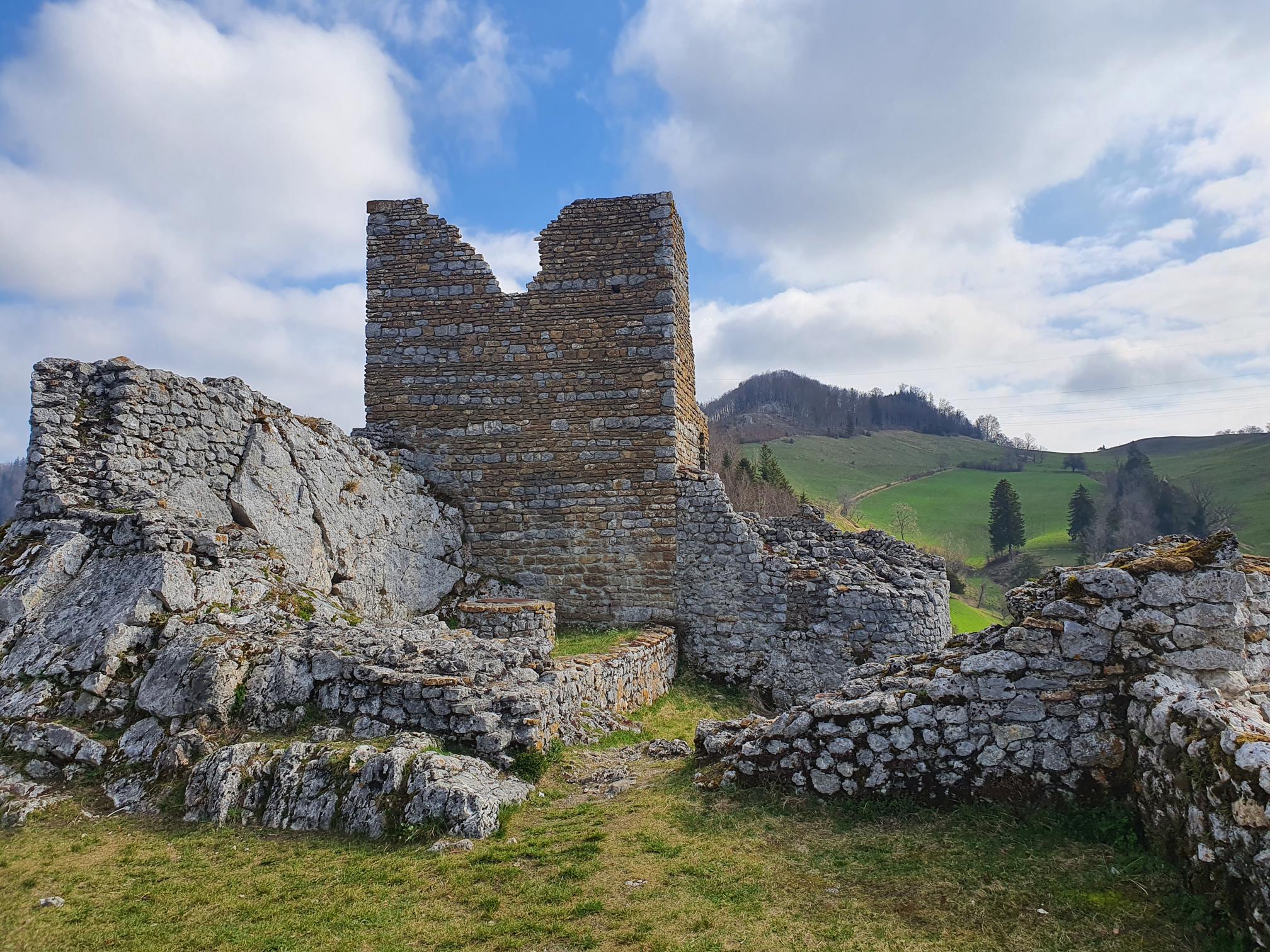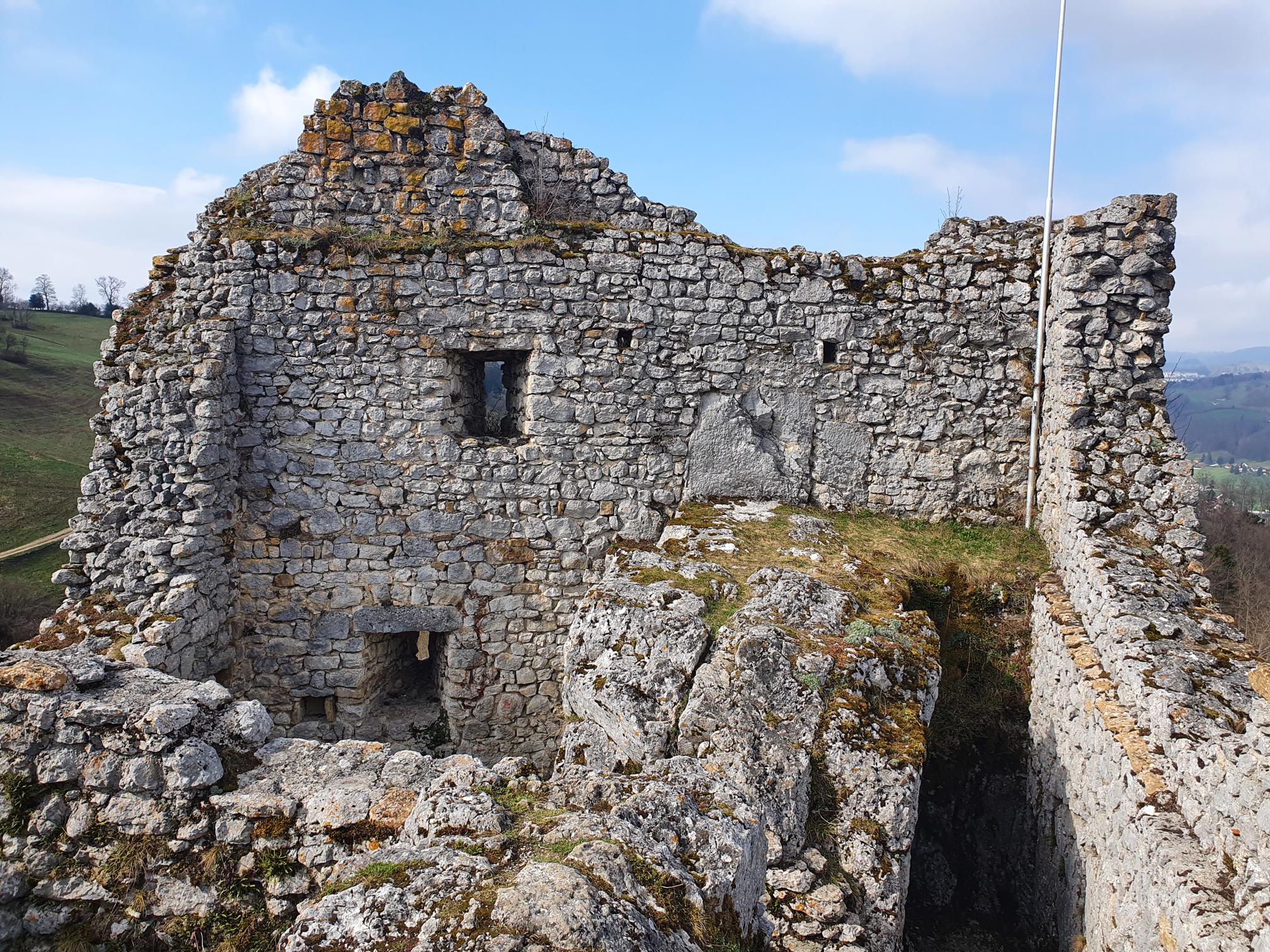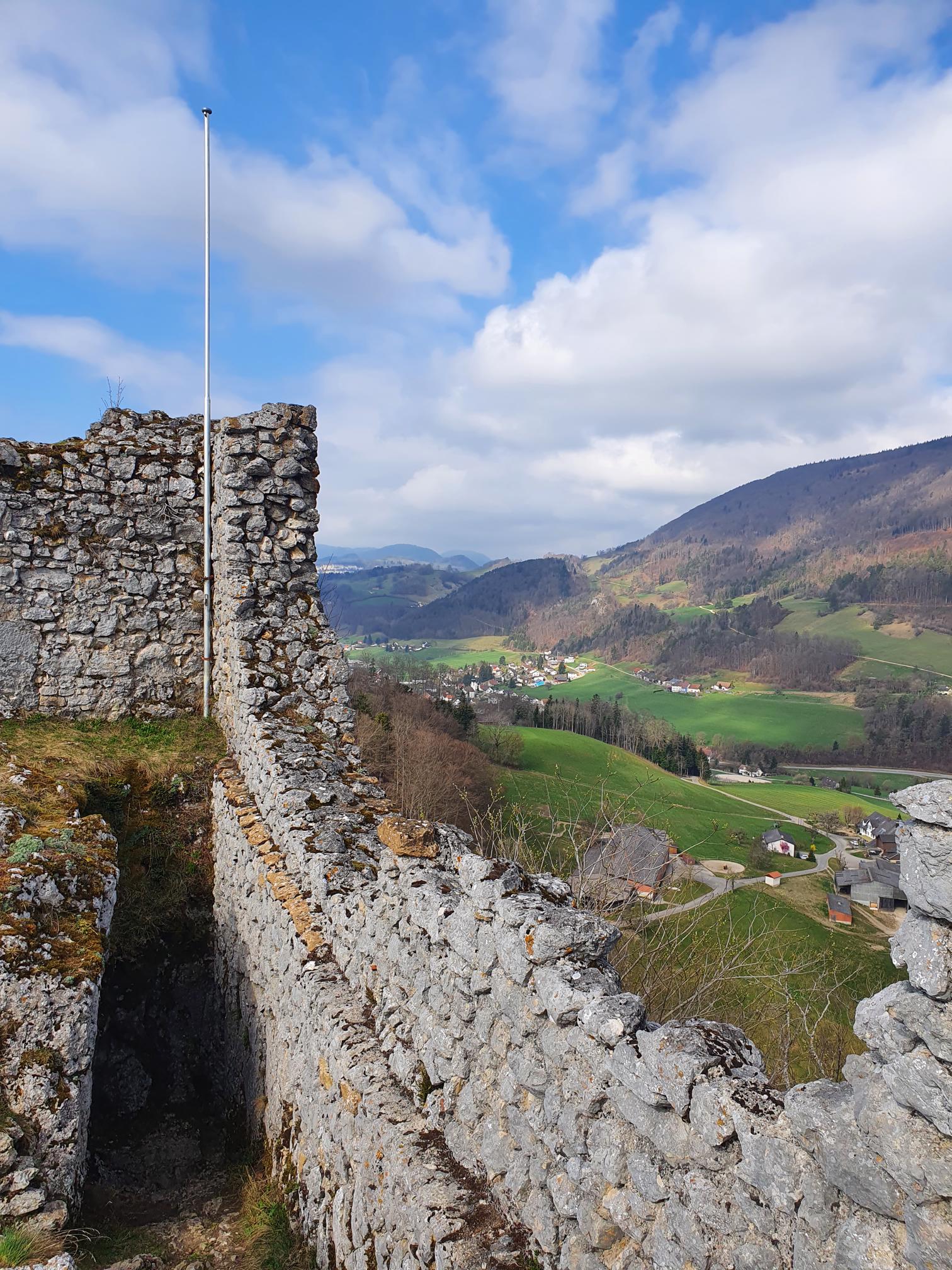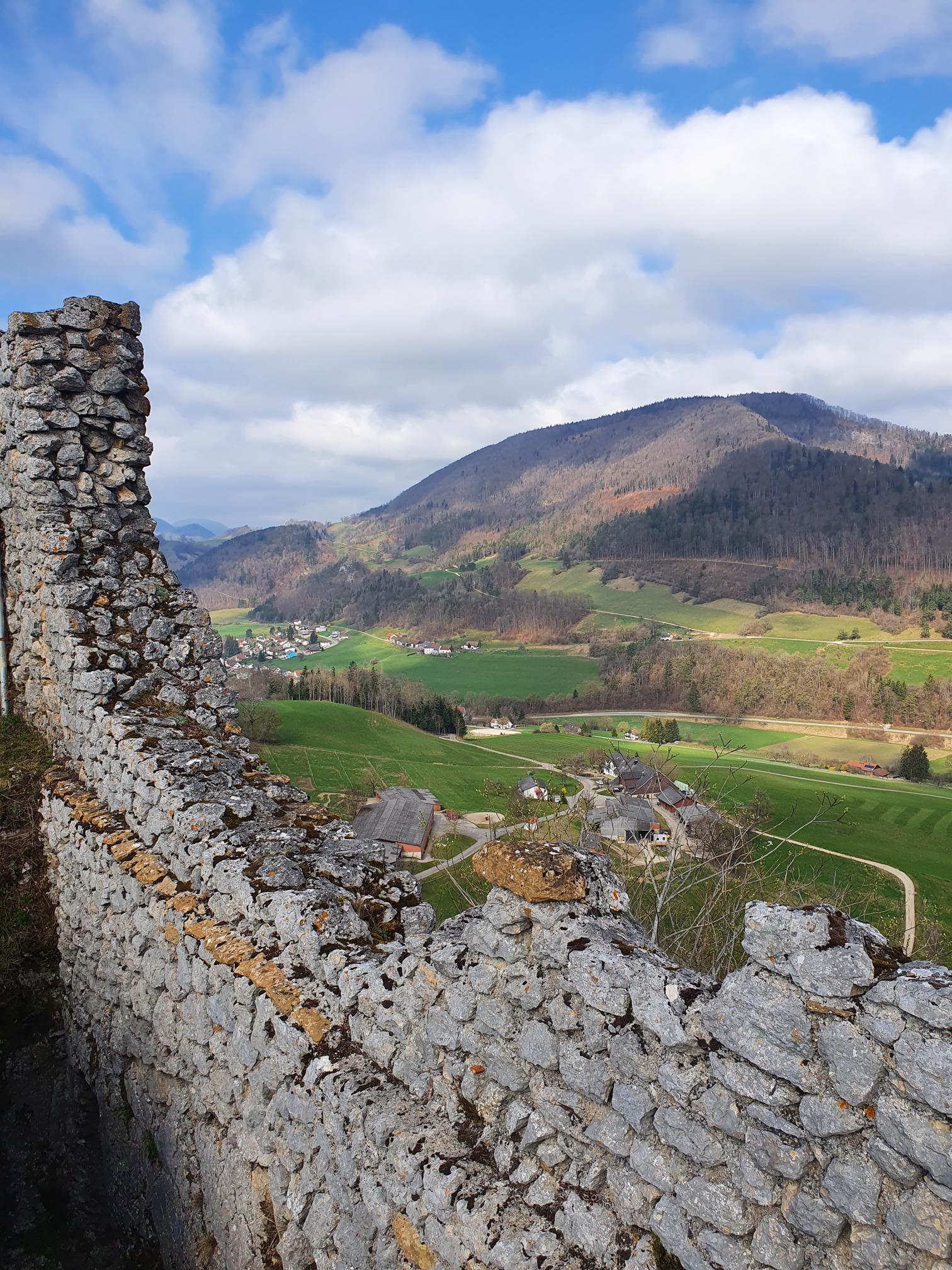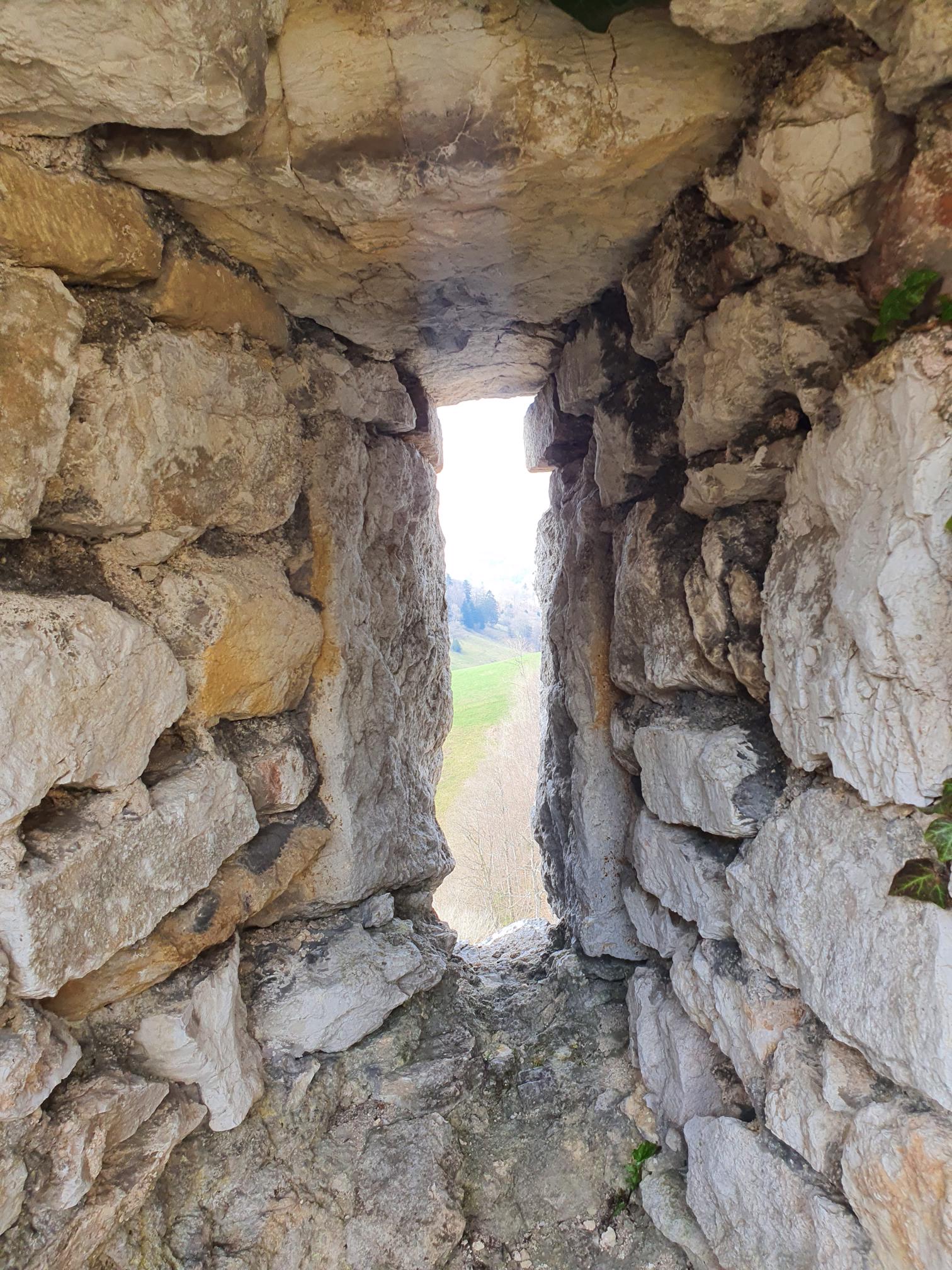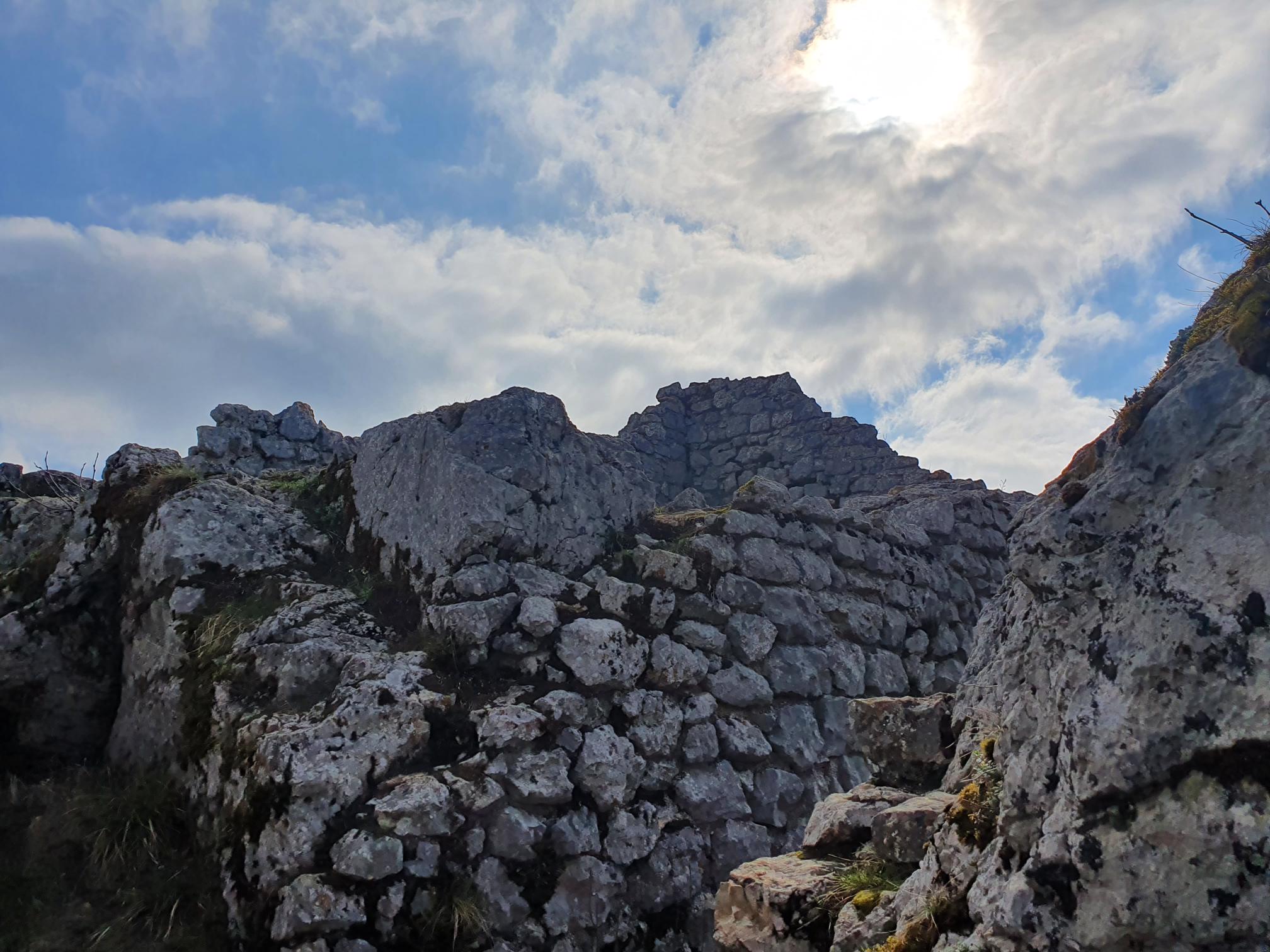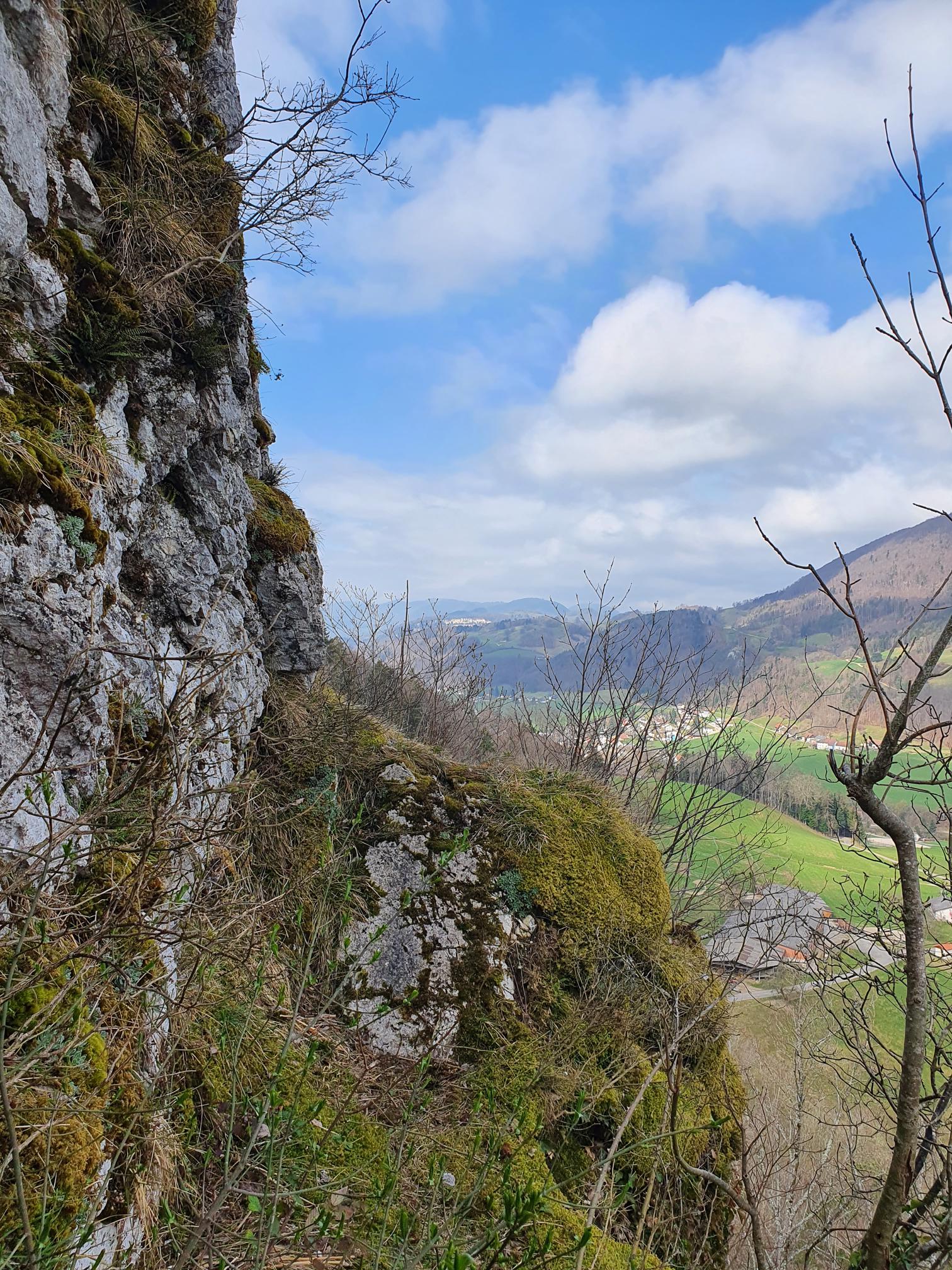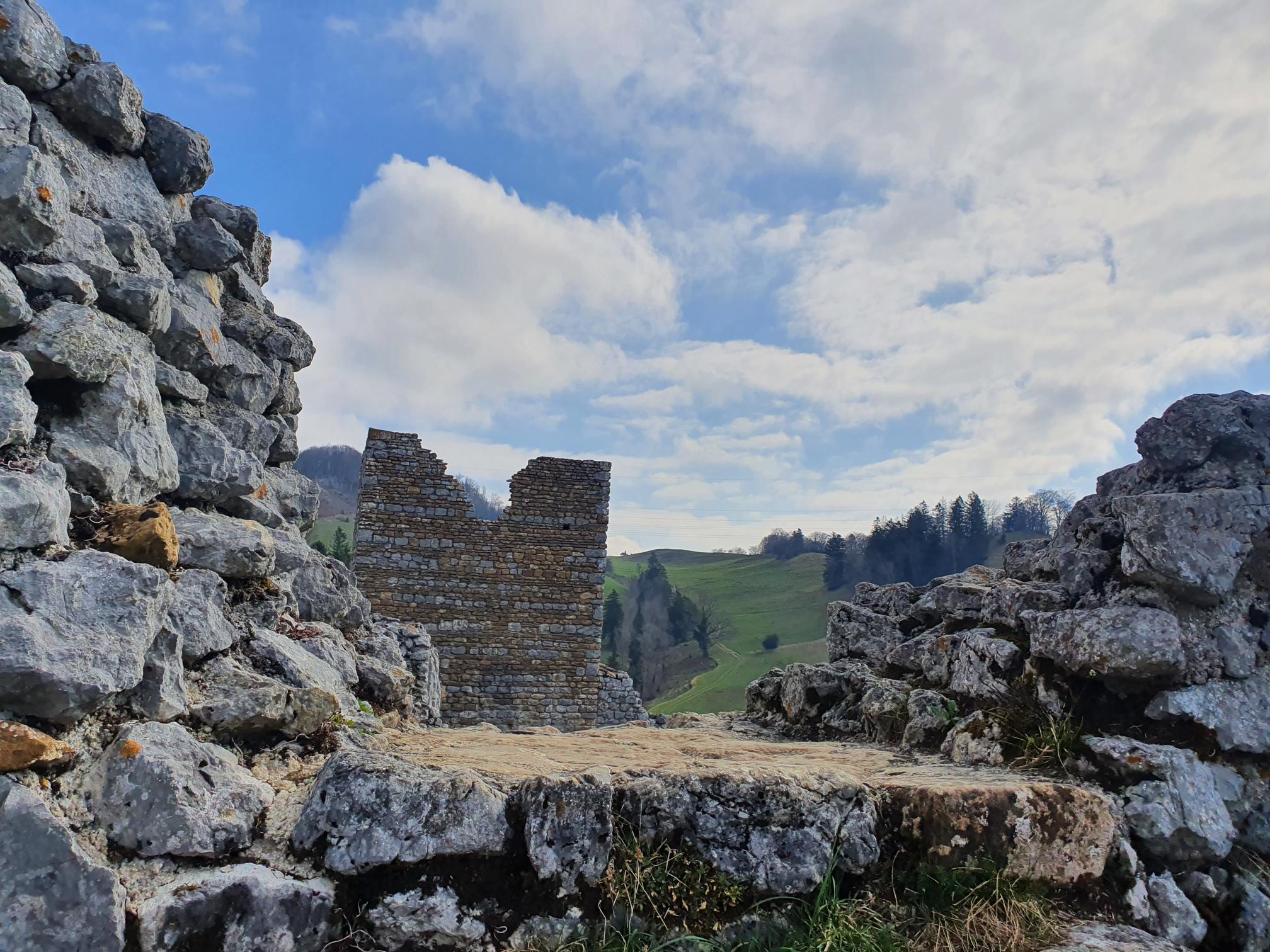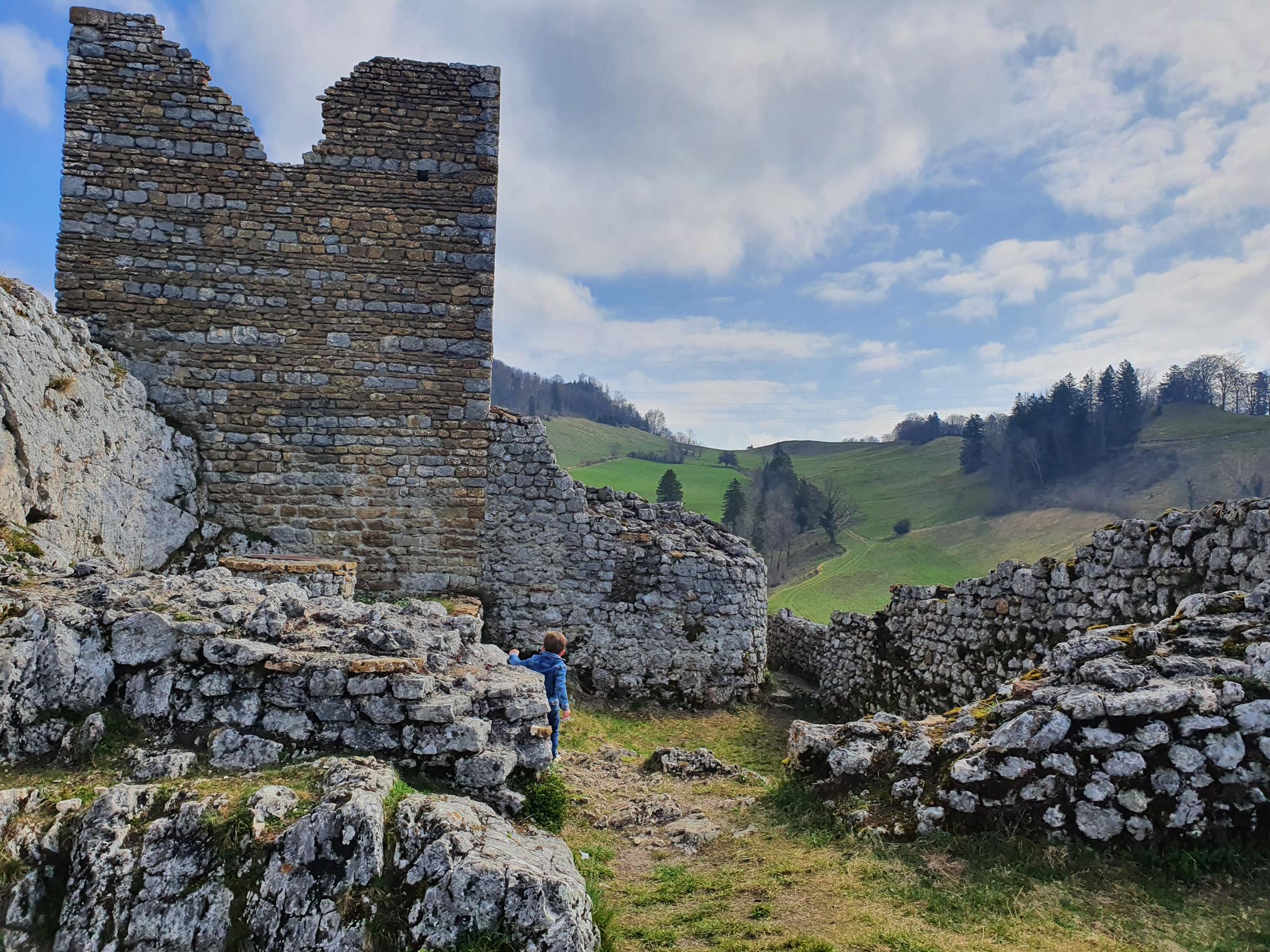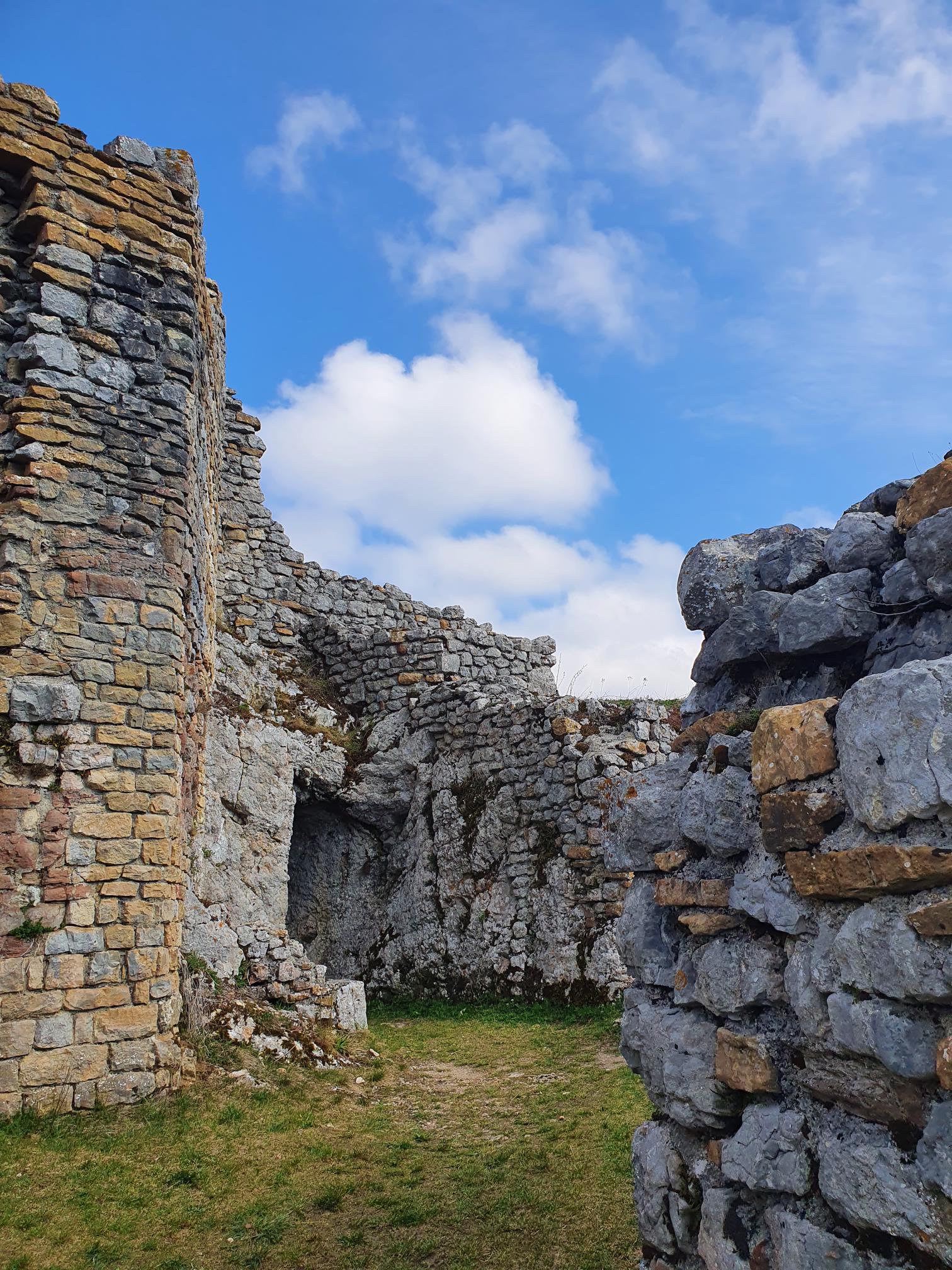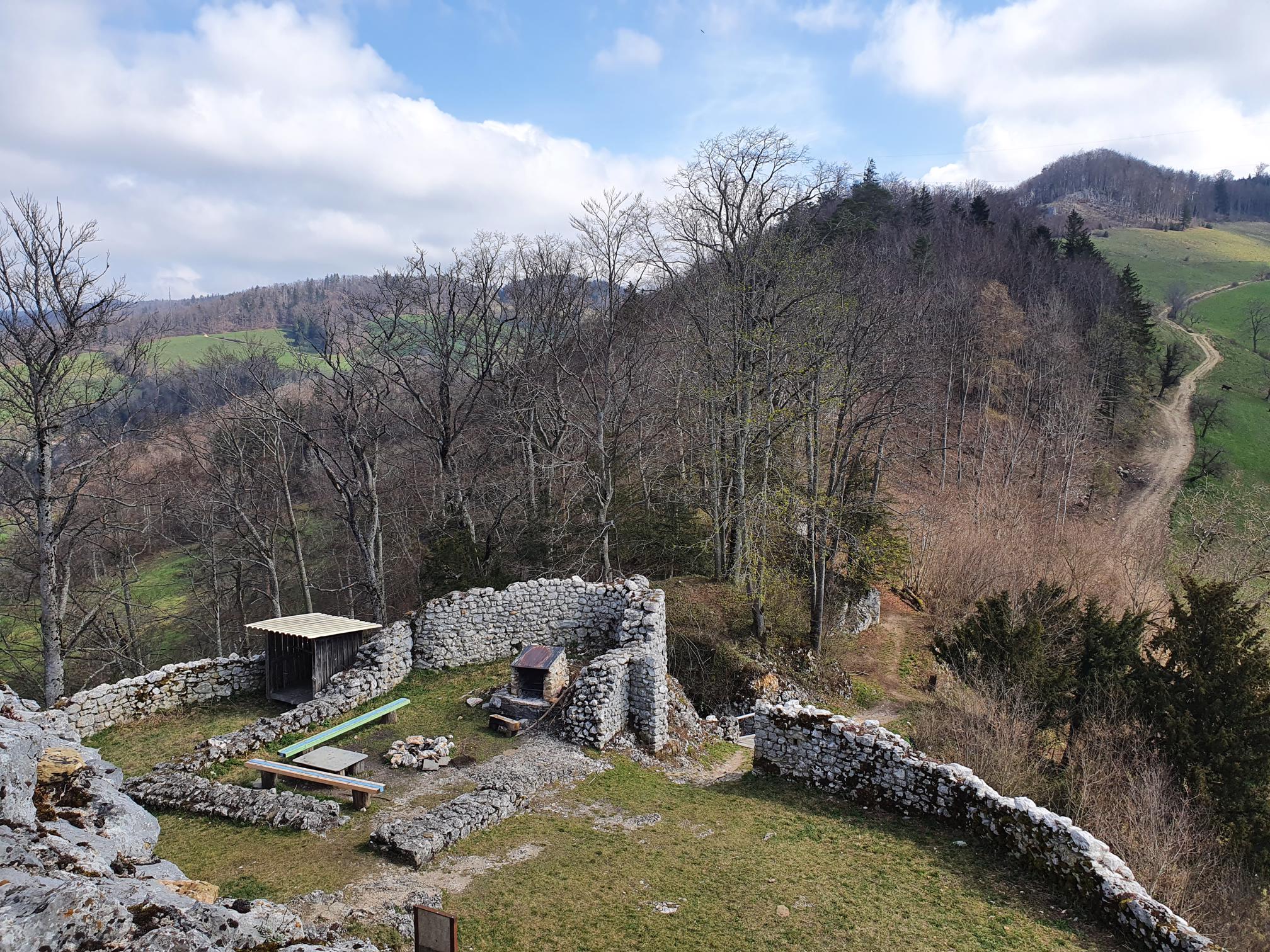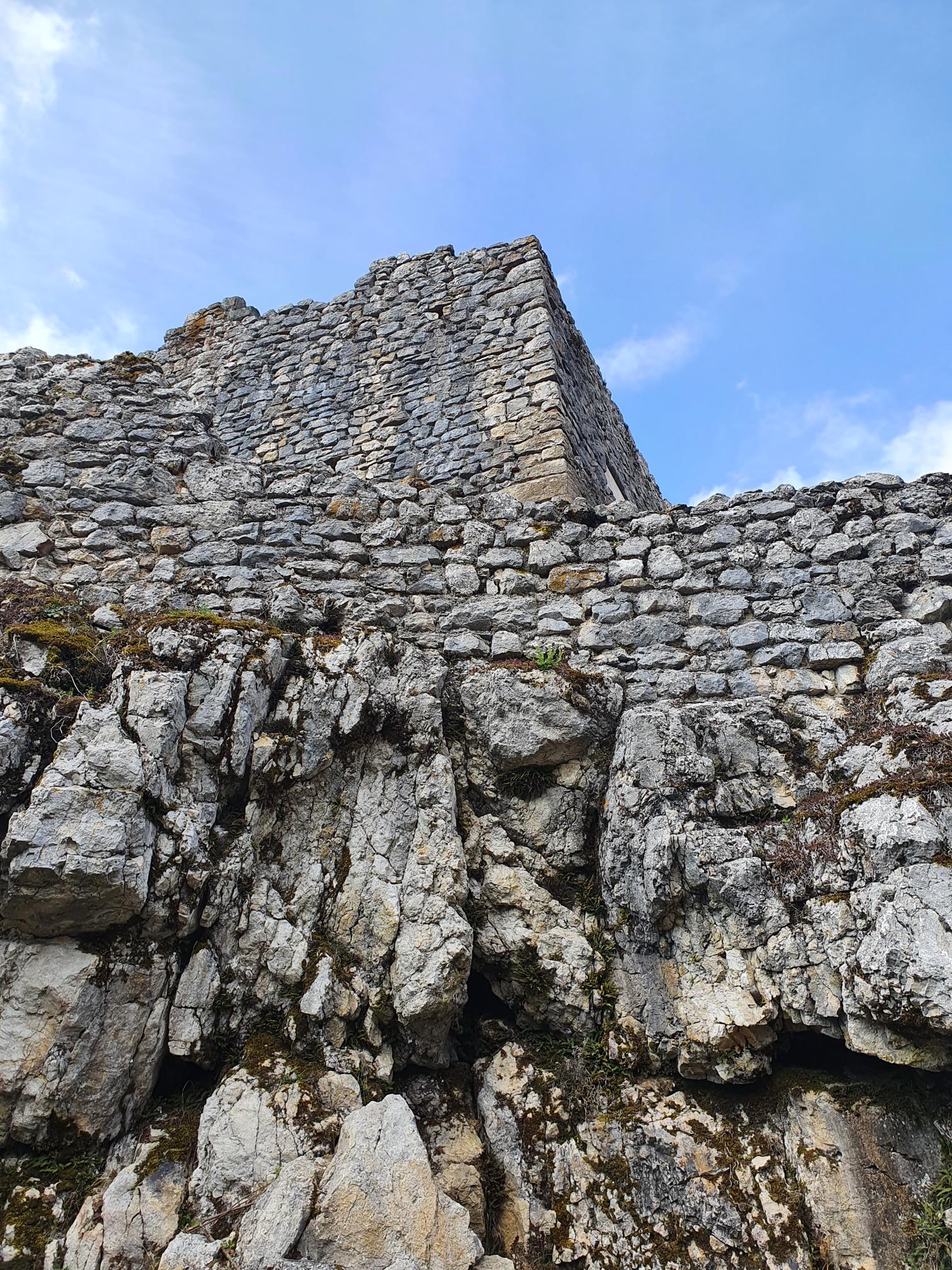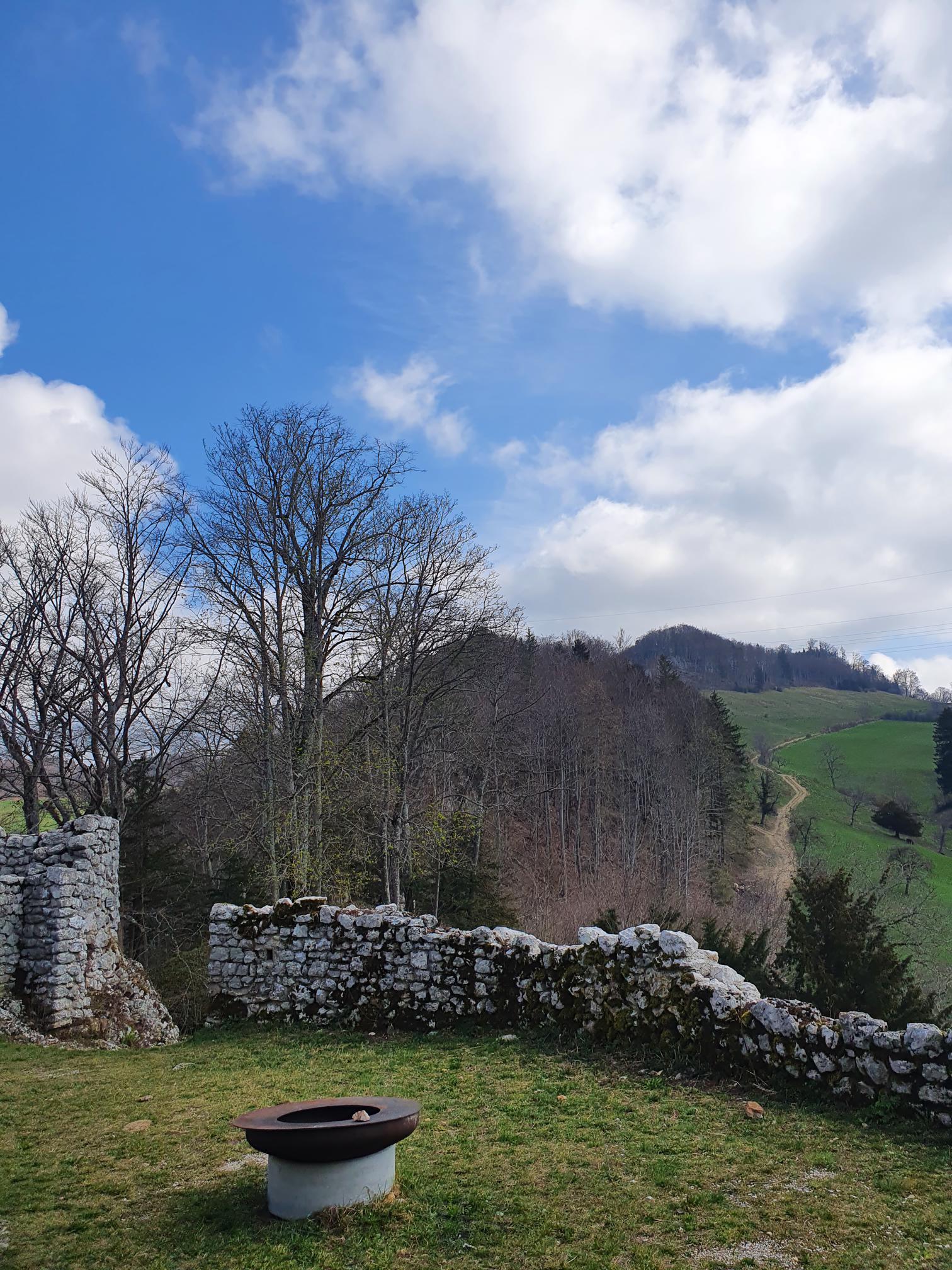Often derided as a canton that is only used for transit, the canton of Solothurn has a number of sights that are more than worth mentioning. The Alt-Bechburg ruins near Holderbank, for example, are very spectacular. This gem sits on a narrow ridge on the Buchsiterberg.
Story
As early as 1050, the Counts of Bechburg built the first walls, which later grew into a double castle for several families. The von Falkensteins and the Bechburgs lived in both parts. It was not until the 14th century that the parts were brought back together by Heinrich von Ifenthal. After the castle was sold to Solothurn a hundred years later, it began to decay until the flames finally reduced the castle to ruins.
legend
Back when Alt-Bechburg was still a proud castle, a pretty countess is said to have lived in the castle with her two small children. The stately count was often away on campaigns, while the countess was very caring for the children and the whole village. When the count fell on the battlefield, the whole village mourned with the countess. The countess was able to successfully fend off the relatives who were trying to steal the inheritance with "nails in her teeth".
In these hard times, looting and pillaging were the order of the day in villages and towns. So the countess pondered how she could protect her money, silver and children in the event of an attack. So she put her treasure in a vase and covered it with a cloth. With the help of the bricklayer Meinrad, the two of them walled up their belongings. Stone by stone, they hid the coins without anyone noticing.
The years passed and the castle was spared. But the countess suffered a blow. The village mourned again. But the heir's daughters were not cut from the same cloth and were proud and cheeky. They despised the villagers like dogs. And so it happened as it had to: the castle mistresses lost themselves more and more in their mountain of debt.
When word got around to Meinrad about how bad the castle was and that the castle's mistresses were desperately searching for the last treasure, he asked one of the noble ladies to come to the village to tell her where to look. But the children mocked him and said, "What does a filthy bricklayer like Meinrad know about breaking things?" So the bricklayer Meinrad took his secret with him to the grave.
The countesses fell deeper and deeper into debt and had to hand the castle over to other hands bit by bit.
Note: On February 1, 1937, this silver treasure was found during the restoration of the castle at a depth of about 50 cm. 5216 rectangular and square silver coins were discovered safely stored in a bulbous clay jug. These are now in the museum in Solothurn.
Access
Leaving Holderbank, a narrow tarmac path leads to the castle. The last few meters are then covered on foot. The view of the Jura from the castle is spectacular.


